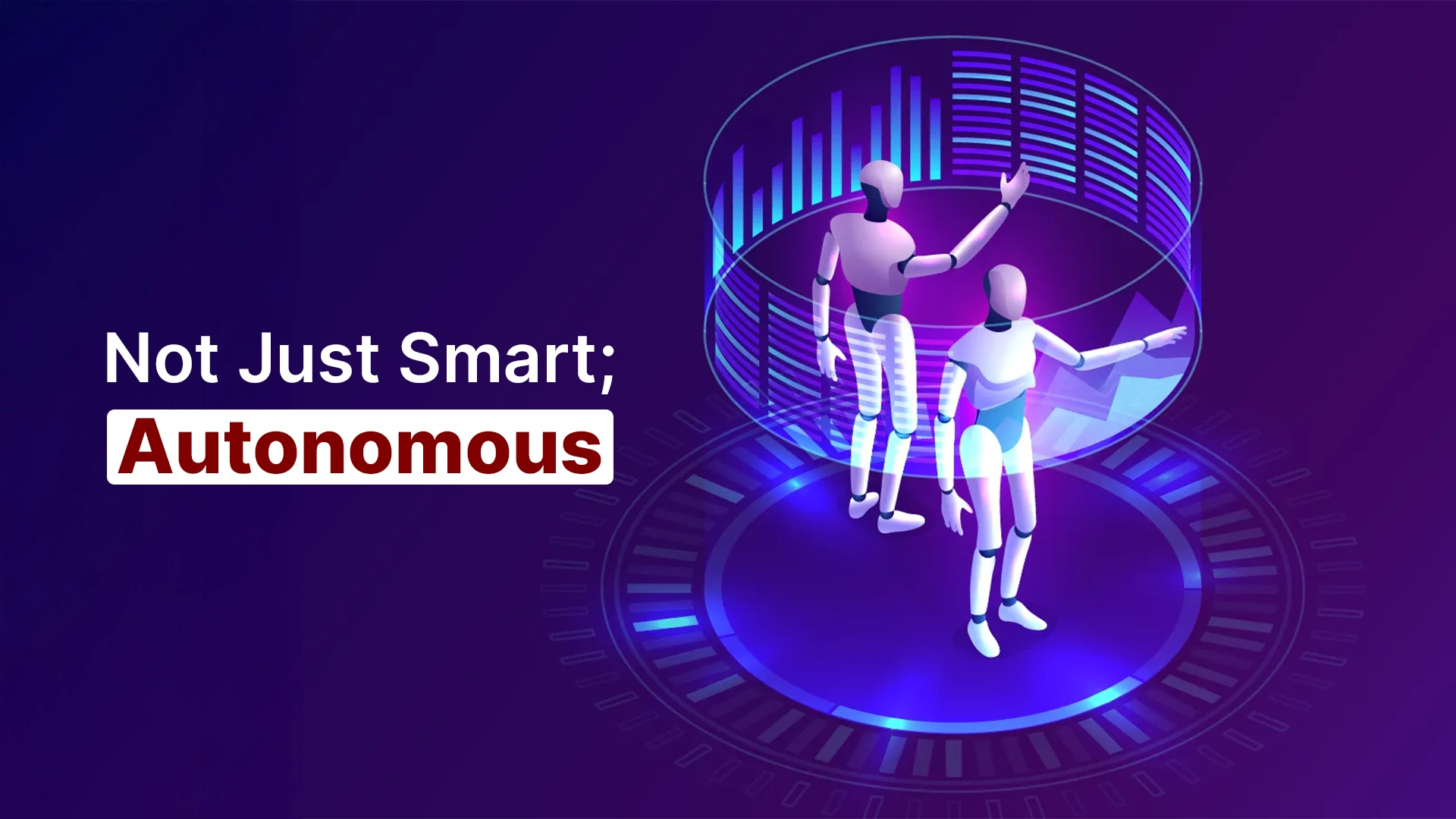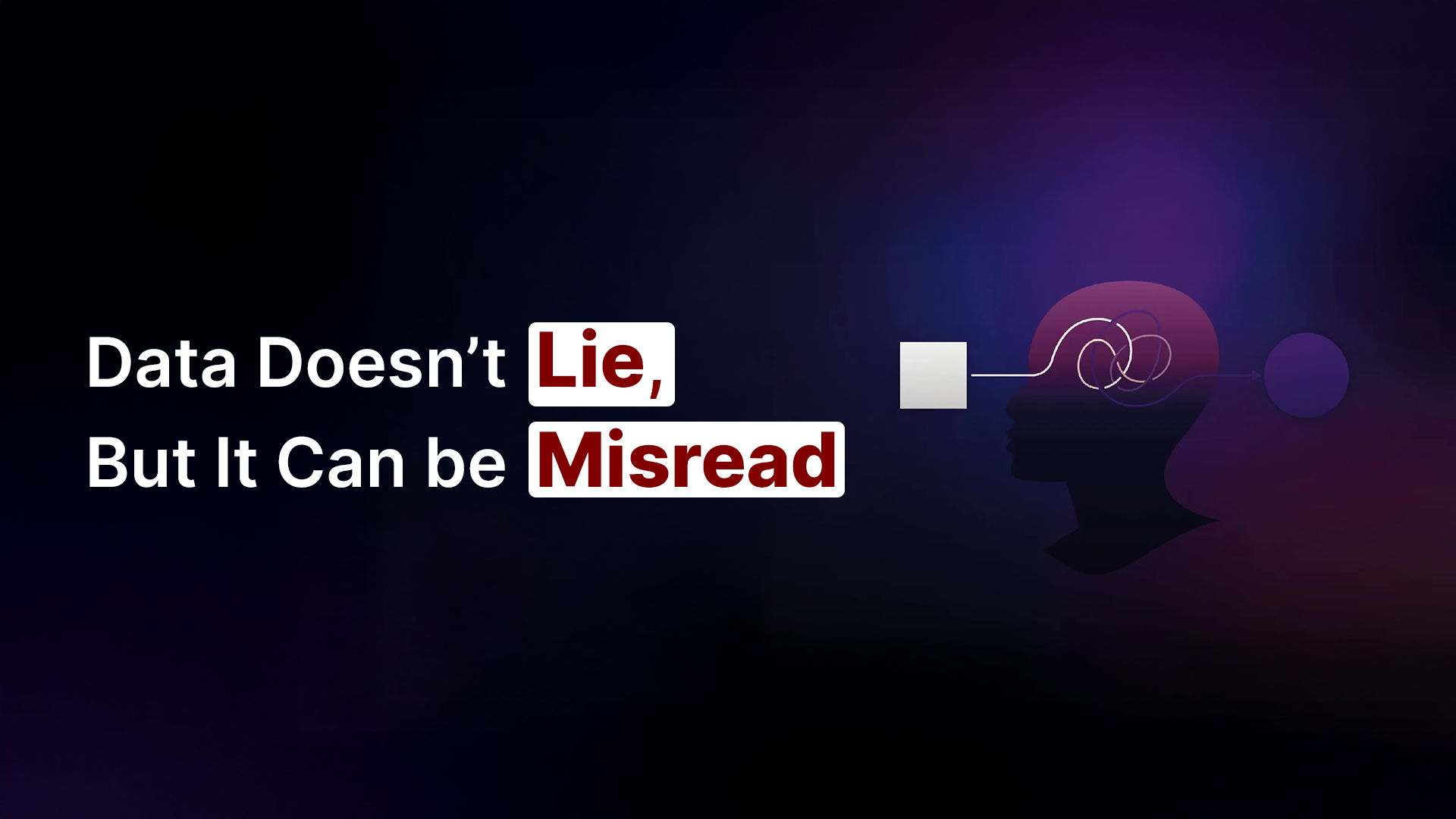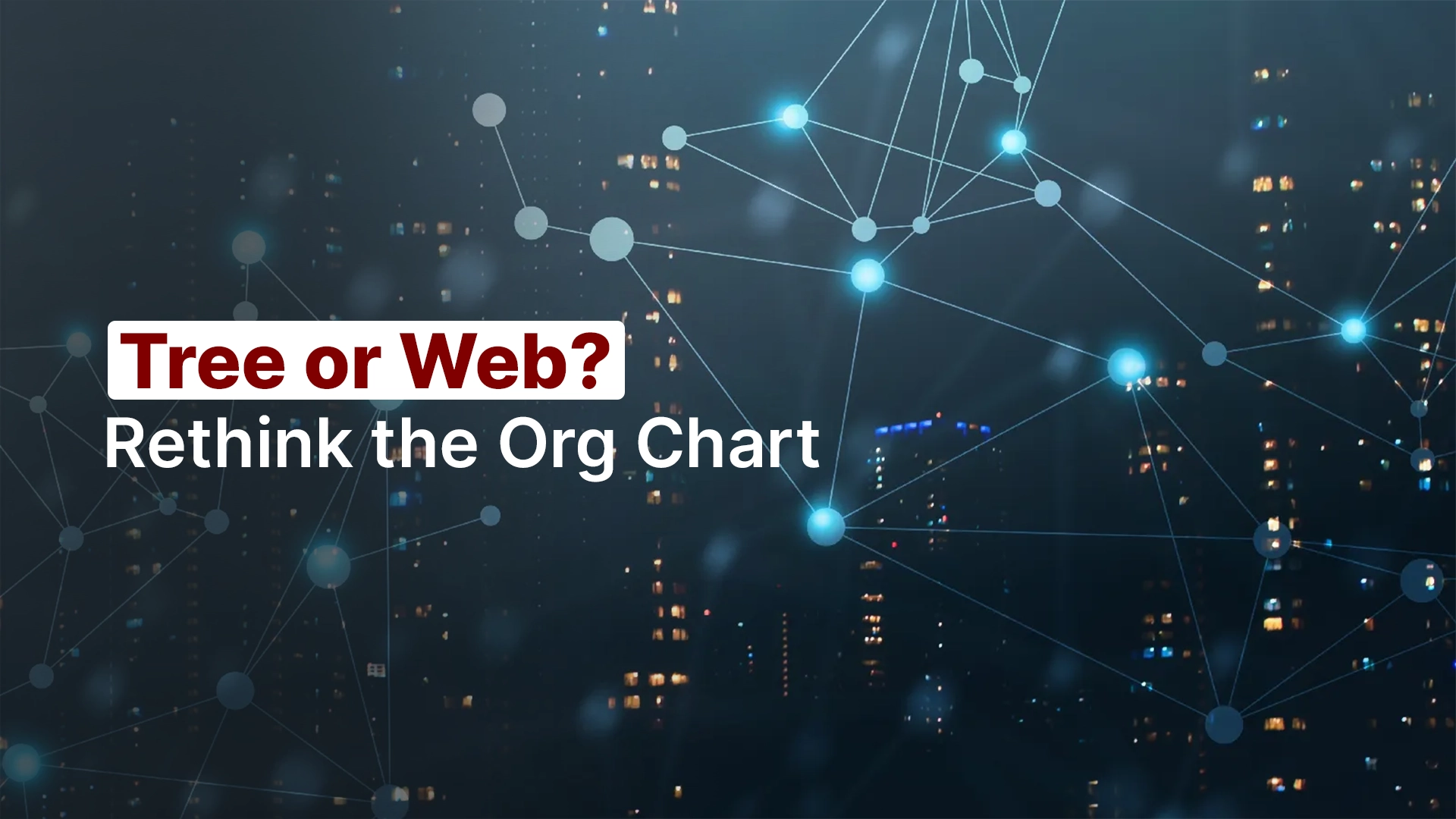Bounce Back? Or Bounce Forward? The Case for Antifragility.
- By Ashish Sawant & Todd Wandtke
- Read Time: 3 Min
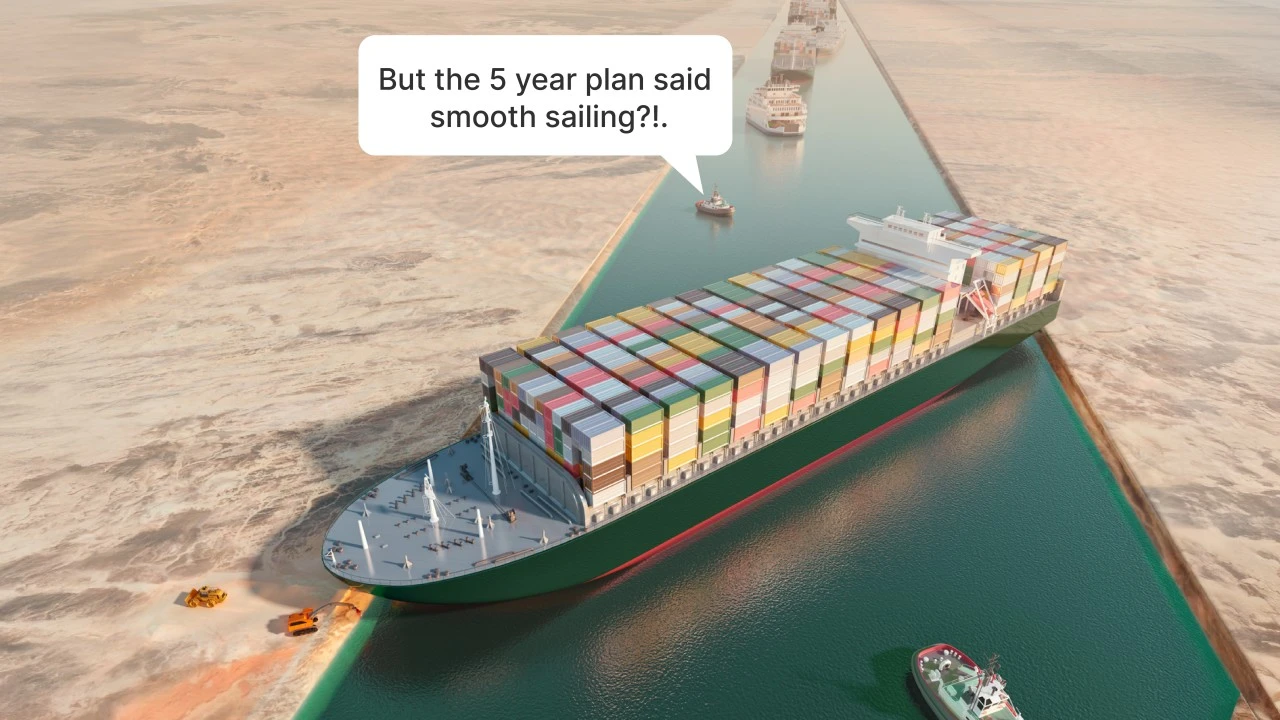
March 23rd was an ordinary day in 2021, until a ship lodged itself across the Suez Canal. In minutes, $9.6 billion-a-day in global trade came to a standstill. Containers stacked with auto parts and crude oil sat stranded.
What started as a navigation error soon had boardrooms from Detroit to Shenzhen scrambling. In a hyperconnected world, resilience, simply bouncing back, is no longer enough. We need to grow through disruption. We need to become antifragile.
Yet most organizations remain stuck in fragile frameworks.
The Fragility Trap
Most business leaders believe they understand risk. They spend months holding Strategic Planning Initiatives, building contingency playbooks, and diversifying services. It all sounds good, until a disruption hits. Then the cracks appear.
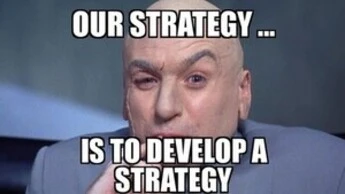
Take the semiconductor shortage that began in 2020. Companies with seemingly robust supply chains eventually discovered that even though they had supplier visibility, they had no visibility into their suppliers’ suppliers. Auto manufacturers who prided themselves on just-in-time efficiency found themselves shutting down production lines for months. The fragility wasn’t in their immediate operations; it was buried three tiers deep in their supply networks.
And fragility is rarely obvious until it breaks.
What Antifragile Really Means
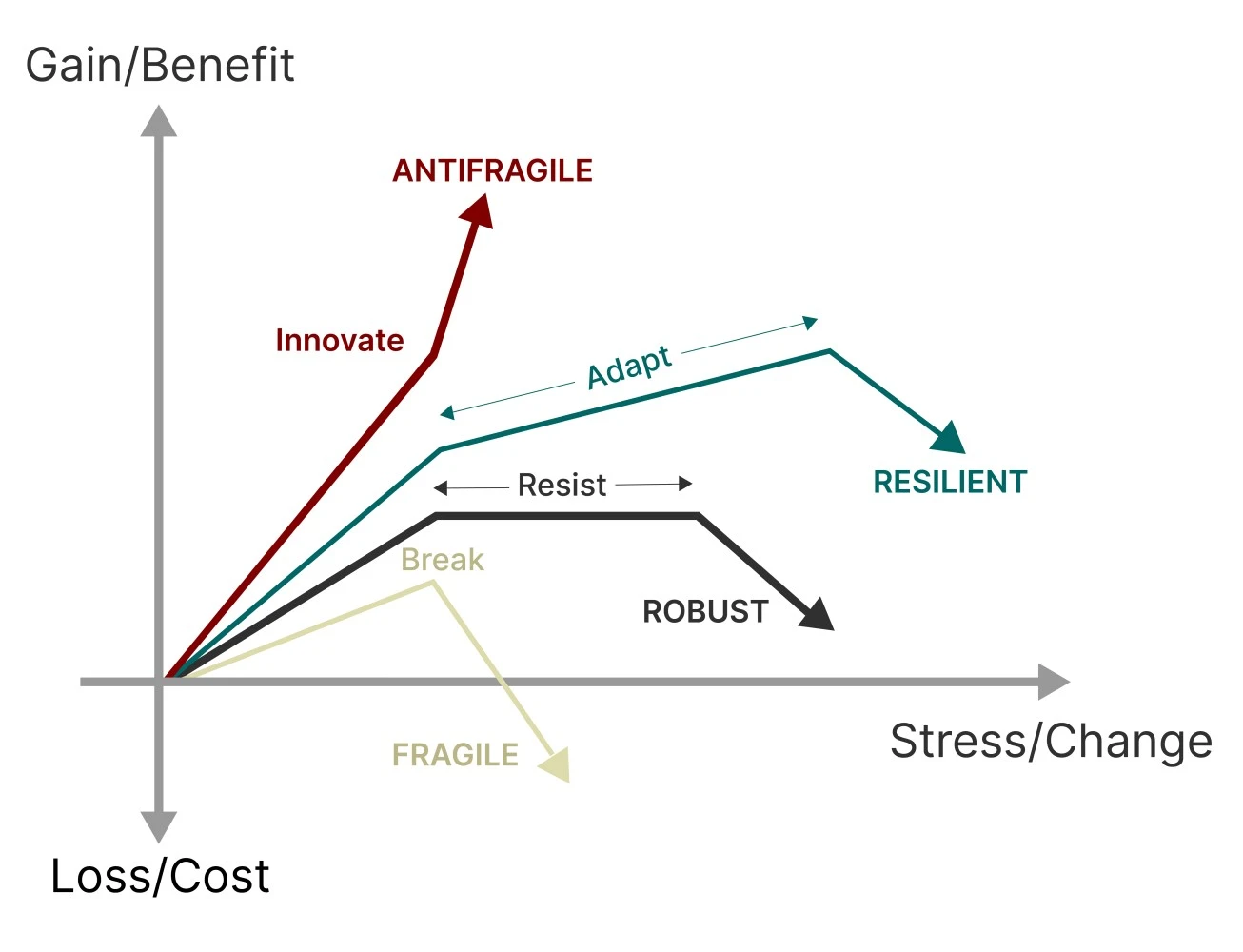
Philosopher-statistician and author, Nassim Nicholas Taleb defines antifragility as the “ability to gain from disorder”. It’s not about being unbreakable, it’s about being adaptive.
Fragile things shatter under stress. Resilient ones endure it. But the antifragile? They evolve through it.
Nature provides a blueprint. Muscles strengthen through microtears. Immune systems mature with exposure. Evolution advances through mutation. It’s time businesses learn the same.
Beyond the Playbook
Antifragility requires abandoning the traditional corporate playbook.
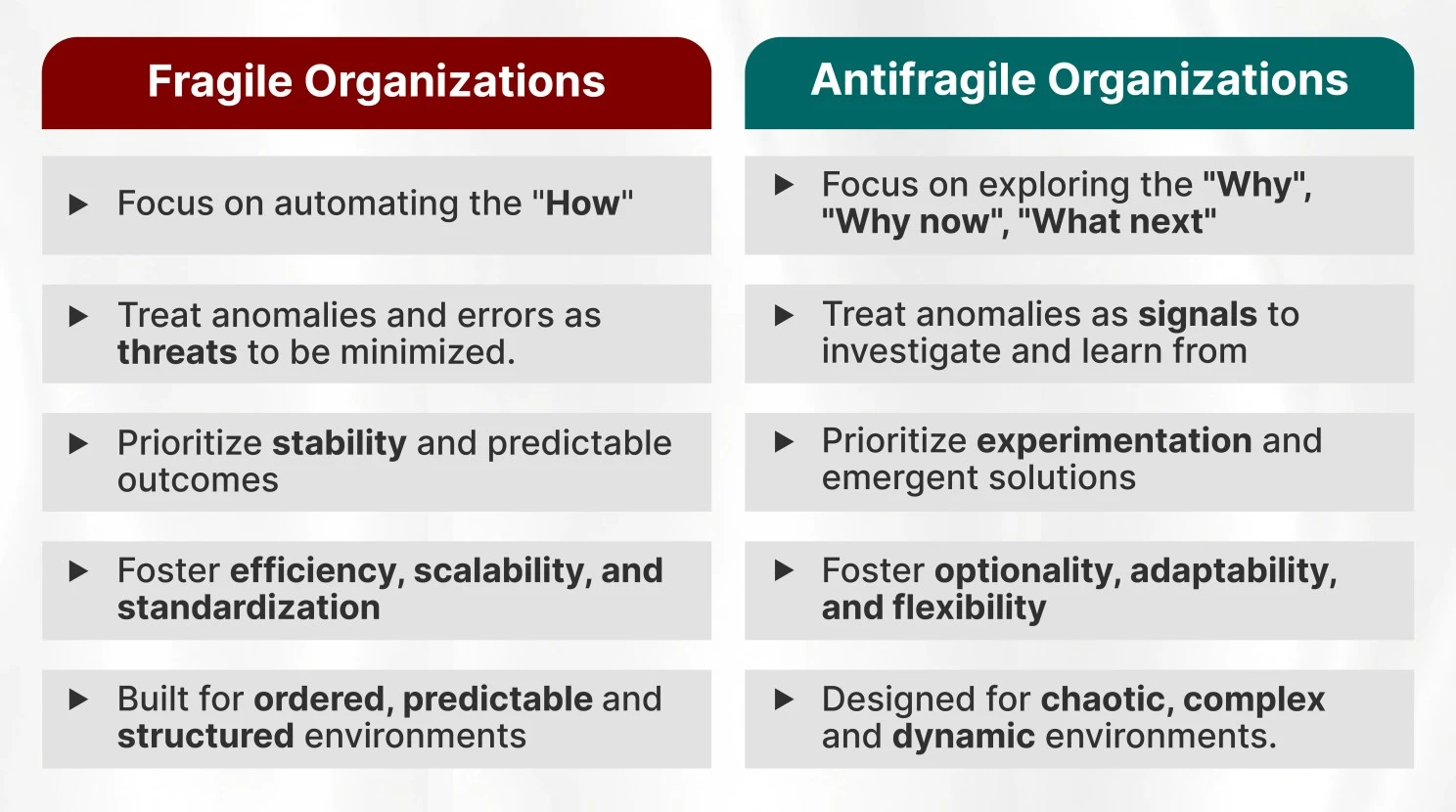
Antifragile believers learned that in complexity, clarity comes not from knowing more, but from learning faster. Antifragile businesses are defined by the ability to rapidly experiment and build solutions that are scalable, flexible and sustainable.
At Mu Sigma, we help leaders build antifragility through Continuous Service as a Software (CSaaS), a dynamic ecosystem that blends the scalability of software with the flexibility of services.
Here’s how we’re making organizations antifragile using CSaaS
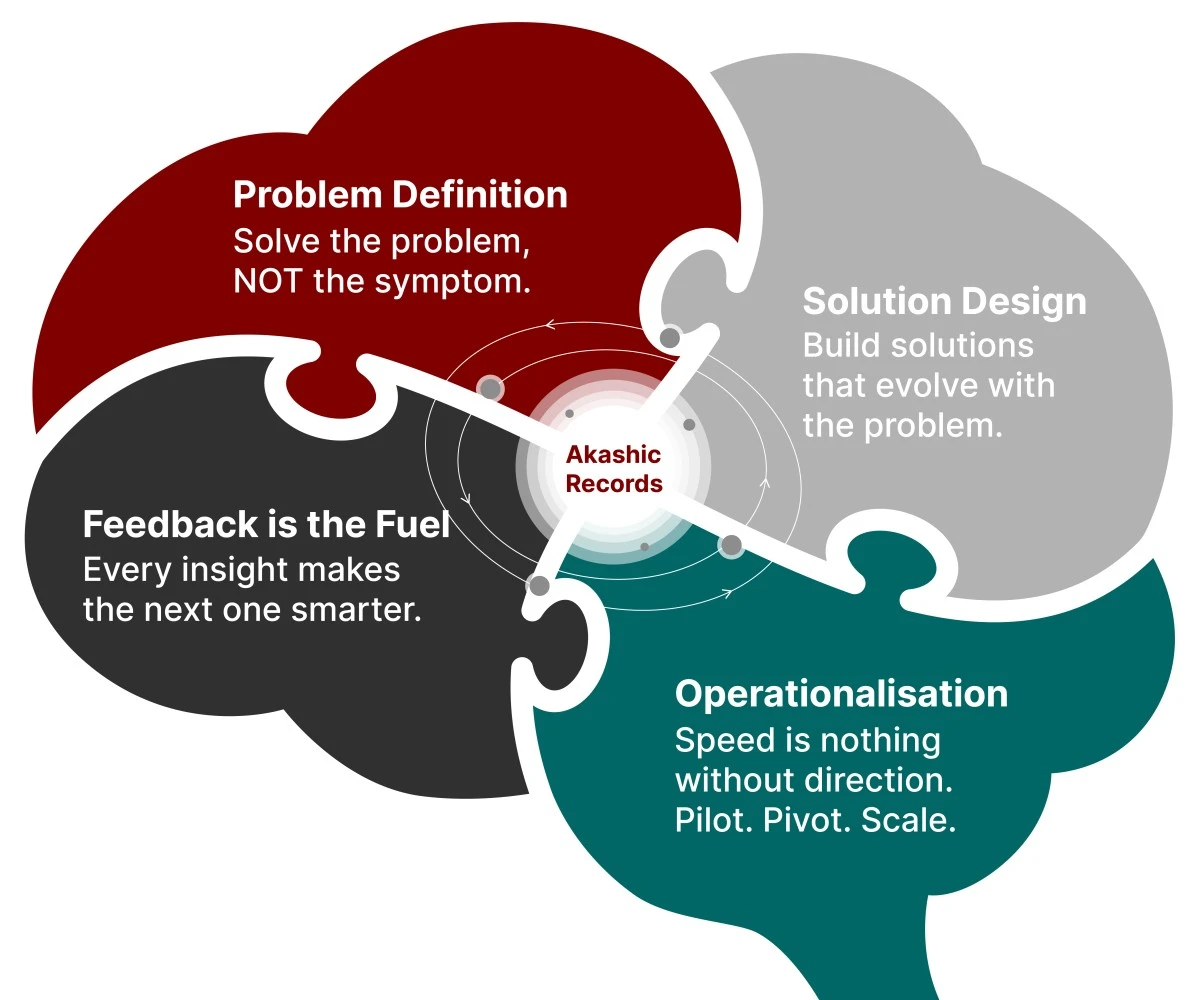
- Start with the problem, not the symptoms. Go beyond the obvious metrics to uncover why the problem exists, not just what is happening.
- Tap into cross-industry intelligence. Our Akashic Repository houses 20+ years of data driven solutions for Fortune 500 leaders, helping surface hidden patterns and analogies that connect siloed business challenges.
- Make the invisible visible. Expose interdependencies across functions, turning disconnected anomalies into solvable, system-wide problems.
- Design adaptive, cost-effective solutions. From deploying decision agents to building knowledge graphs, choose the right level of technical muscle for your business. This isn’t about investing billions in the latest AI model. It’s about building organizational muscles to make smart decisions quickly. It’s about creating systems where human intuition and machine intelligence work in harmony.
- Operationalize and scale. Don’t stop at implementation. Embed these solutions into your workflows, creating intuitive, actionable systems that continuously evolve across business teams.
Antifragility is an evolving force where each wrong and right decision fuels a continuous loop of learning and evolving, optimizing decisions and unifying intelligence across the company.
But here’s the uncomfortable truth: most companies don’t fail because of what they didn’t know. They fail because of what they thought they knew for sure.
The Cultural Imperative
Building antifragility isn’t a technical challenge. It’s a cultural one. It requires leaders who value curiosity over control, who treat decisions as experiments rather than endpoints, and who build teams that don’t just execute but explore.
The path to antifragility is paved with the right questions, not just the right tools. It’s not about having more data; it’s about nurturing better thinking.
The Choice Ahead
We stand at an inflection point. The next era belongs to those who treat uncertainty not as a threat, but as an invitation to evolve. Companies that cling to rigid strategies and dust-covered playbooks will find themselves increasingly irrelevant.
The question isn’t whether your organization can survive the next disruption. It’s whether you’ll grow because of it.
The fragile will fail. The resilient will endure. The antifragile will THRIVE.

